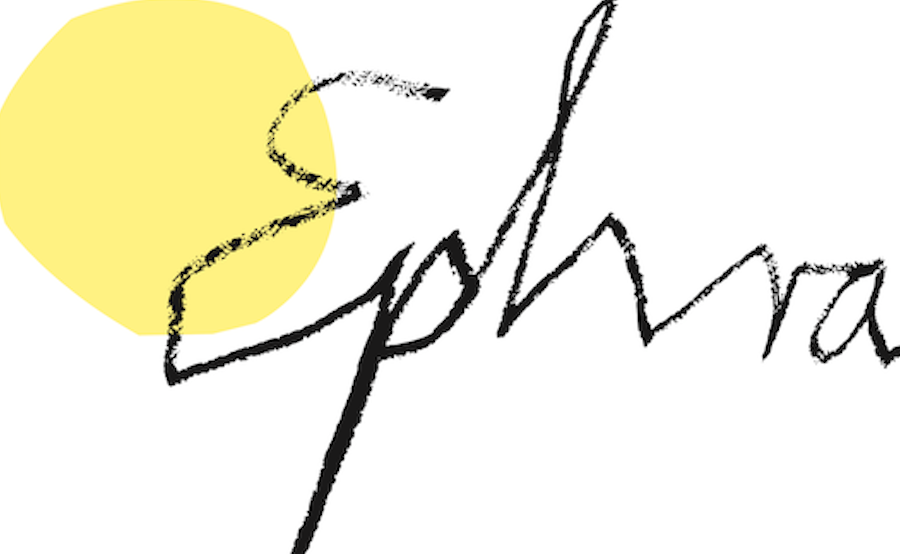On the artist paths of Christian Jankowski
The studio of Christian Jankowski is located in the east of Berlin on the Spree, between many other studios. It’s all white on the inside, rather narrow, but very high. There are three floors and a lot of windows – not only on the wall (facing the Spree), but also on the ceiling (facing the sky). On the second floor there is even a window in the floor, through which we can look at the desks of Christian’s assistants on the first floor.
On the walls hang various photographs and also a carpet in which mysterious drawings are woven. It looks like a treasure map! Christian tells us that there are several of these carpets and that the drawings are directions that he has collected on his travels. For example, the rug that is on the floor leads to a beach in Mexico. On this trip, he also met the carpet weaver, which gave him the idea to record the sketch in the form of a carpet. “Artist paths” he calls them.
We’ve already previewed some of Christian’s work, and one in particular has stuck in our minds: A video in which he – equipped with bow and arrow – enters a supermarket, shoots various products and then places them on the checkout conveyor belt, complete with arrow. How did he come up with this idea?
Christian tells us that he originally planned to shoot rabbits in the city park. He had previously practiced aiming with a milk carton at home and realized that he actually liked it much better. So the rabbits were allowed to live on (thankfully!) and Christian chose to hunt his food in the supermarket. Later, we also find out that as a kid he was particularly fond of surrealist art – that is, works in which reality and dreams blur. He especially liked that it shows everyday things that you actually know, but something about it is always different or weird. It reminds us of archery and somehow it also fits a bit with the window in the floor.
What Christian also finds important in his work is humor. It often helps him to understand and deal with sad or difficult things. But what he likes most about art is that you can’t make any mistakes, because – unlike grammar or logic, for example – there is no right or wrong. We think that’s great, too, but we think that some art teachers haven’t really understood that yet. For example, when we all have to paint the same thing or something has to look exactly like it does in real life! Christian laughs with understanding – fortunately, he no longer has to listen to teachers.
One subject Christian particularly likes to work on is monuments and statues of famous people or events. In his studio, for example, there are photographs of statues being massaged by people. In another work, he commissioned a whole crew of weightlifters to lift historical monuments in Warsaw’s public space. The proverbial weight of history became tangible and vivid; he liked that.
Starting from the idea of the monument, we talk together about how we would immortalize ourselves: What makes us special, what is particularly important to us? At first, it’s not so easy to say what we’re proud of or what we want to be remembered for. But soon the ideas bubble up and suddenly it’s not so easy to decide. On a large public square near Christian’s studio, we find a concrete pedestal and pose: fishing, kicking a soccer ball, painting, together with our best friend, or saving a butterfly in distress. We capture the poses on Polaroid photos, from the frog’s perspective – that is, photographed from below – so that we appear a bit more heroic (that’s why statues often stand on such high pedestals!).
Feeling two centimeters taller than in the morning, we start our way back and imagine how it would look on a carpet. In any case, it’s a real artist’s path!









